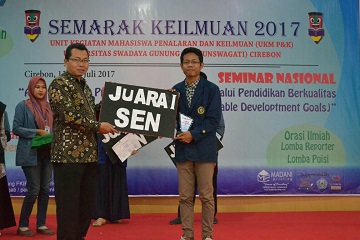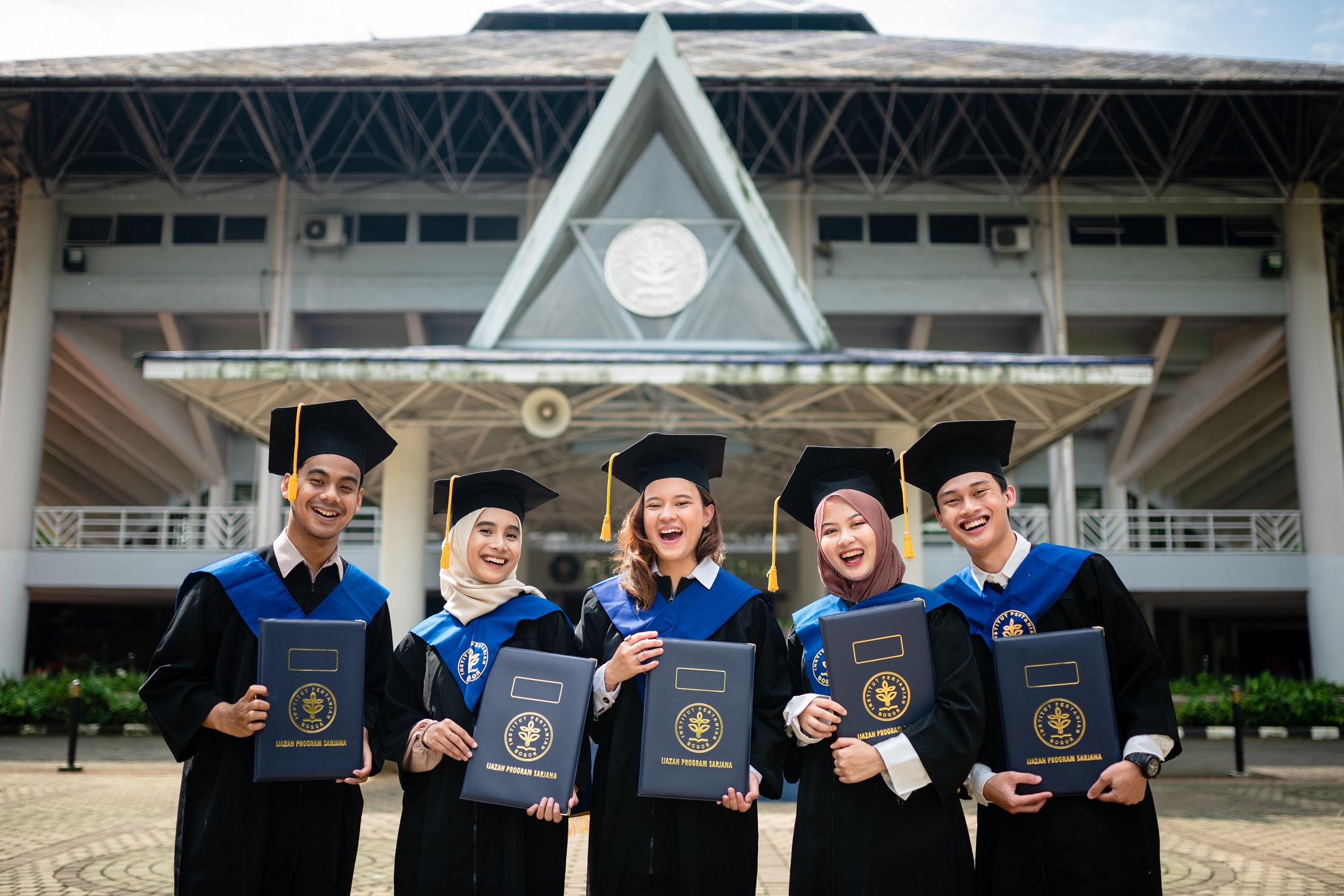The Student of IPB Created E-Colistrik of the Flour Industry Waste as an Innovative Renewable Energy Source

The national average electricity consumption grew 8-9 percent per year. This figure indicates that annually an additional 5,700 MW of new generation capacity is required. Automatically, the exploration of fossil resources will be done on a large scale to be able to meet the electricity consumption in Indonesia. This condition leads to a decrease in the amount of fuel reserves that trigger price increases and the occurrence of energy crises, especially electricity.
The situation underlies Nur Badri, a student of the Department of Silviculture, Faculty of Forestry of Bogor Agricultural University (FAHUTAN IPB) to utilize flour waste as technological innovation in fulfilling the Indonesian’ electricity needs by utilizing Microbial Fuel Cell (MFC) system. Moreover, the flour industry is one of the largest liquid contributor sector in Indonesia. In fact, every one quintal of flour will produce 1.5-2 cubic meters of waste that can cause problems with the environment.
Thanks to the innovation, Badri won the first prize in National Seminar of National Essay which was held by Universitas Swadaya Gunung Jati (Unswagati), Cirebon, on 12 July 2017. "I did not expect to get 1st place, as I understand that the ideas and attitude of other finalist's presentation are amazing and inspiring. Pray the Lord, as God blesses IPB, " said the winner of Gold Medal & Special Award from Toronto Research Institute Canada on 13 May 2016, at the Fast Cor Home. It is a medium for coral reef rehabilitation that streamline the growth of coral reefs.
The resulting of flour industry waste will be used as E-Colistrik as an innovative renewable energy source. This E-Column is integrated with Microbial Fuel Cell technology as an energy catalyst by utilizing the bacterium Escherichia coli. It is a series of systems that can generate electricity from organic components through catabolism in microbial. "The E-Colonial Innovation is easy to assemble because the integrated system is very simple. It is also solutive, because it answers the current energy challenges let alone in supporting renewable energy innovation, "he said.
Badri designed the E-Colistrik that processed the flour industry waste using a dual-chamber system model consisting of cathode and anode compartments. The E-Column is filled with liquid waste which is flowed directly from a flour industry plant containing biodegradable molecules and the addition of Escherichia coli microbes as a catalyst. In the innovation Badri explained how ultimately the bacteria Escherichia coli that has been integrated with flour produces electrons, protons, and CO2.
The E-Column of the flour industry waste is expected to serve as an energy-independent industrial sector. "Because the E-Column with the industrial liquid waste substrate produces a large electrical energy, hope there are also parties who help in realizing this idea," he concluded. (Wied)



